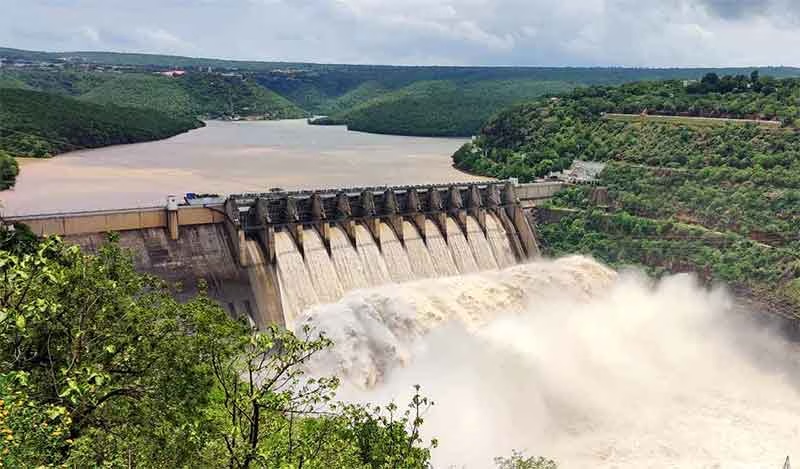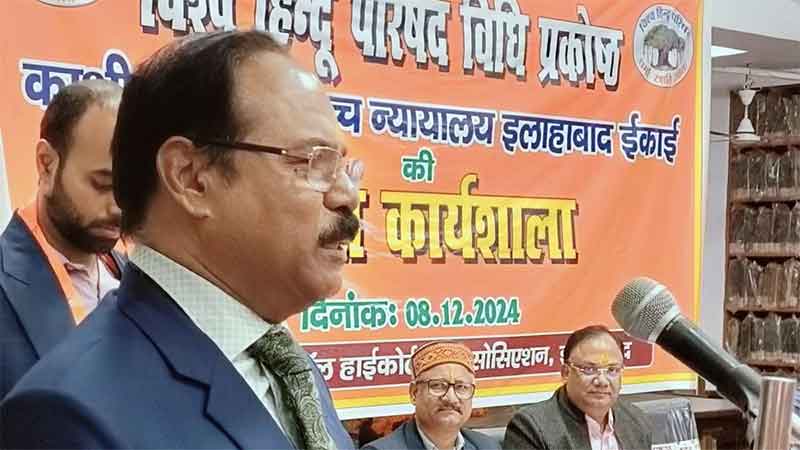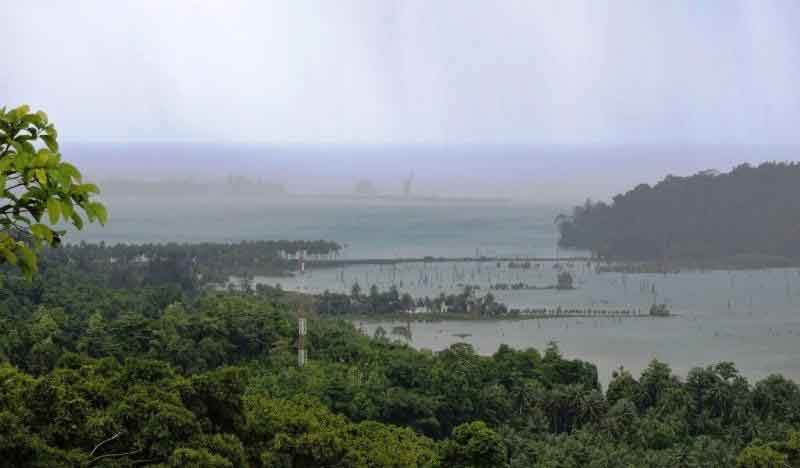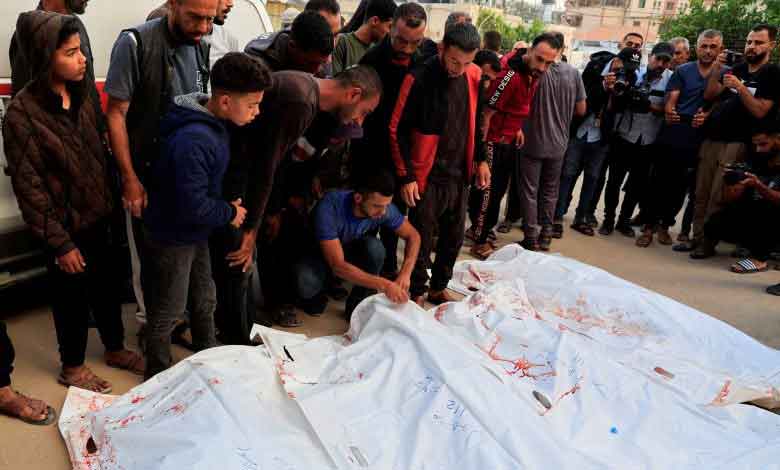Action neglected posing a serious threat to Srisailam dam, downstream projects, urban agglomerations and thousands of villages

To
Ms. Debashree Mukherjee
Union Secretary
Ministry of WaterResources
Shri Atul JainChairman
Central Water Commission (CWC)
I refer to a news report () as follows: “The National Dam Safety Authority (NDSA) has expressed serious concern over safety of the Srisailam dam in Andhra Pradesh, making it clear that scouring of the river bed and rock profile on the downstream side of the dam had the “potential to compromise the dam’s safety.” In a letter to the AP government, NDSA chairman Anil Jain, who led an inspection of the dam on April 29 and 30, pointed out the apparent lackadaisical approach to the dam’s safety and said: “Its regular monitoring was in the recommendations of all expert groups formed for the safety of Srisailam dam. However, the same has not been complied with and as on date no one is aware about the conditions of the measures taken earlier to protect the rock face against the scouring…..The level of concern over the damages to the dam structure, and temporary protection measures in the form of installed steel cylinders to stop further damage immediately after the spillway, the NDSA asked the AP government to “minimise” the operations of Gates 5 and 6 (in the middle of the dam which has 12 gates. Typically when dam gates are opened, this process starts from the middle and extends to the sides) “in view of the severe damaged condition of the cylinders and possible scour of the old cofferdam.”
Please recall the unusually large water inflows into Srisailam reservoir in 2012, which raised concerns about the safety of the dam.
By May 2019, according to news reports at that time (https://www.deccanchronicle.com/nation/current-affairs/020519/kurnool-scientists-monitor-stability-of-srisailam-dam.html) on a meeting at Bhubaneswar, bathymetric survey work to assess the extent of erosion of a plunge pool located opposite to 4th to 16th blocks on the natural river course at Srisailam dam site by NIO, Goa had been completed and the final report was awaited by the AP State Water Resources Department (APWR). The representative of APWR indicated at that time that, “for the eroded portion of the apron, the protection measures at the toe of the dam opposite to block numbers 6 and 8 at downstream of spillway bucket is under progress (30% completed)”
In December, 2021, during a discussion in the Parliament, a Member of the Parliament from AP referred to the threat faced by the Srisailam dam (“The widening plunge pool at the base of Srisailam is in a dangerous situation. …I request that urgent repair work should be carried out on Srisailam and Nagarjunasagar dams with the help of the Government. The plunge pool management, which is an important aspect of dam maintenance and safety, ..requires urgent attention. A dam burst analysis of dams should be conducted to record the effects, in case the dams burst”) and enquired about the progress of the repair work (https://eparlib.nic.in/bitstream/123456789/2981402/1/lsd_17_7_07-12-2021_eng_editorial.pdf)
In other words, since the last deluge at the Srisailam Reservoir in 2012, the urgency for assessing the damage due to scouring of the river bed and rock profile on the downstream side of the dam and the need for undertaking both short-term and long-term corrective action has been taken note of but, as NDSA had recently cautioned, the AP government has not acted promptly, ignoring the consequence of such for the safety of the dam.
As a result of climate changes taking place, one cannot rule out extreme weather conditions prevailing over the upstream catchment of Srisailam and the likelihood of another deluge during the current monsoon. In fact, the monsoon has already touched India’s west coast and heavy rains are likely to prevail over the Srisailam catchment area immediately.
Downstream of Srisailam is another large mullti-purpose irrigation project, namely, Nagarjunasagar, in addition to many urban agglomerations, which could get affected in the event of disaster at Srisailam. There are hundreds of villages located along the banks of River Krishna. AP is investing heavily at the site of its newcapital, namely, Amaravati. Evidently, neither the Union Water Resources Ministry nor the AP State Government has displayed an adequate sense of urgency arising from an impending disaster at Srisailam.
May I appeal to your Ministry and the CWC to take cognizance of this atleast at this belated stage and ensure that the State Government initiates both immediate repair work as proposed by NDSA, as well as long-term corrective measures?
Subscribe to Our Newsletter
Get the latest CounterCurrents updates delivered straight to your inbox.
Regards,
Yours sincerely,
E A S Sarma
Former Secretary to the Government of India
Visakhapatnam














































